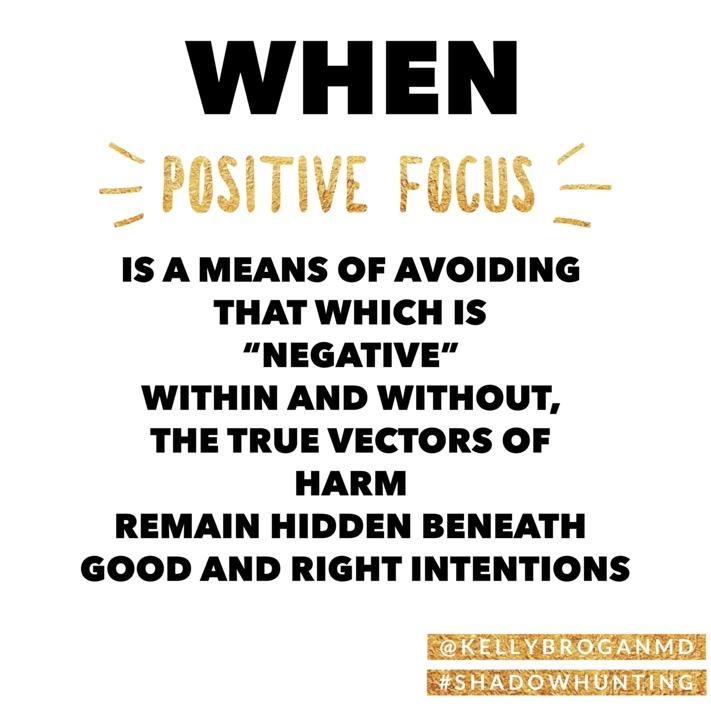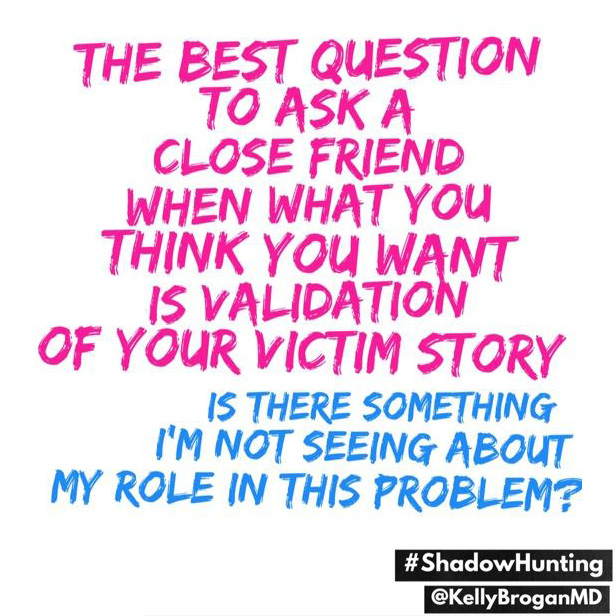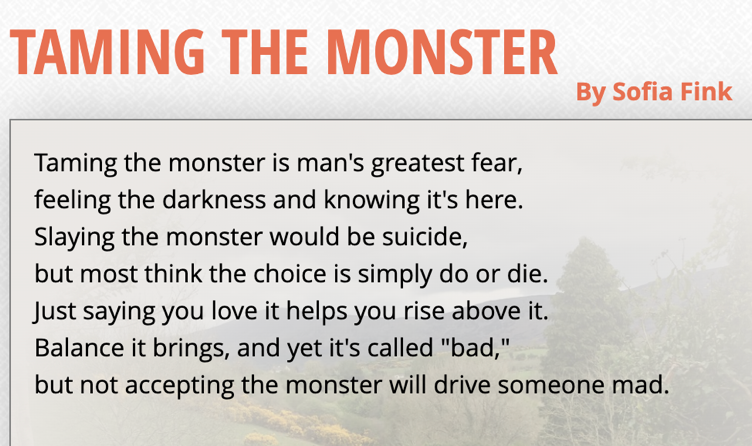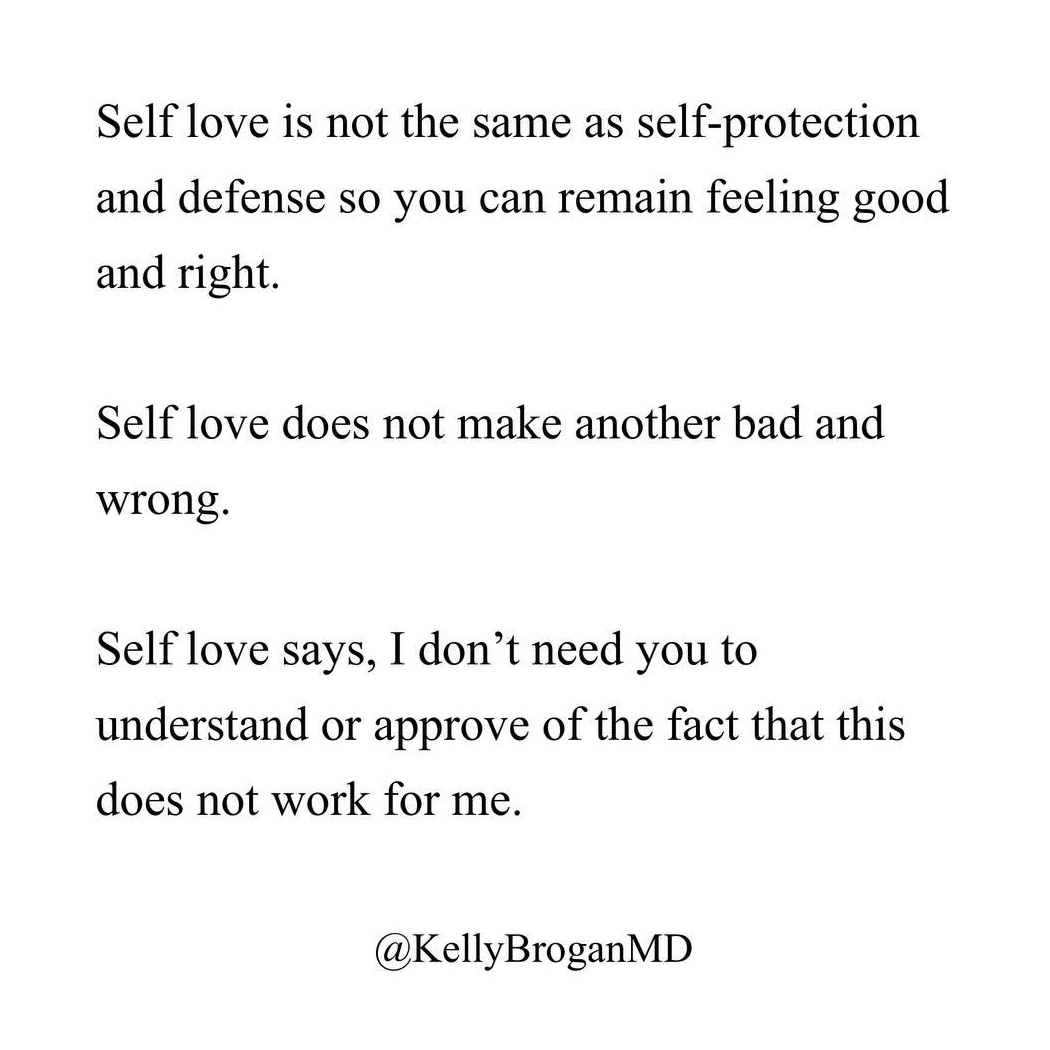Spiritual Bypass
Spiritual Novocain: Are you running from yourself into the light?
Are we all one or are we all alone?
If you consciously identify with one pole, odds are that your lived reality keeps bringing you into the dissonant experience of the other. If you are a one-love spiritualist, starseed, and self-identified light worker, the depth of your unmet and unacknowledged personal needs and associated aloneness may very well be what is driving your flight into the field of virtue and feigned self-fulfillment. And if you are a fierce, every-woman-for-herself individualist, your fear of being connected to the oneness or fear that you do not belong may be at the helm of your sovereign impulse and feigned self-sufficiency.
We seem to have segregated into two dialectic camps—the caricature of the conventional, mask-wearing, vaccine-loving, germ-fearing, doctor-obliging, tell-me-what-to-do-next-to-be-safe secularists and the I’ll-take-care-of-my-own-health-thanks, body-loving and trusting, pharma-dissing, down-with-The-Man, natural healthers and homesteaders.
There’s a third camp, however, which I affectionately refer to as the New Agers who often both believe in the sacredness of the body, the power of the natural world, non-duality, and the meaning in all there is and also love their masks, vaccines, and hate germs, illness, and are terrified of death. I remember first encountering this particular cultural sect when I began to note a number of spiritual gurus touting their virtuousness about the virtues of antidepressants as if spirituality could possibly encompass the elective self-negation, rejection, and repression that is inherent in the choice to medicate one’s crises. I wrote this Open Letter in response, and remain perplexed about the seeming preponderance of New Agers who seem to be cheating on their own principles.
Cast out the demons! How embodiment got a bad rap…
The Cartesian banishment of the sacred from the flesh consecrated a dualistic worldview of good and evil, holy and sinful, transcendent and that which must be transcended and placed God squarely outside of the body. In this split, the body becomes a potentially festering meat suit to be responsibly and piously managed as directed by the clergy. There is no meaning to be explored in the sputterings of this easily compromised machine that is rightly surrendered to the skilled machinists—the doctor priests.
Bad in the body, good outside.
So to bring good into the body, the bad must remain outside. In the case of the current biopolitical control psyop, the bad is the invisible germ virus and the good is the cautious, responsible servant of the collective. And to what end? Well, survival, of course! In this model, survival as defined by the absence of death and the potential for death that “infectious” illness represents, is the highest value. But since when does spirituality—that which is consciously identified with the unity principal—afraid of death such that an ashram-inhabiting guru would require his devotees to be vaccinated for entry as one member of our community recently shared…? If we are, indeed, spirit incarnated in this arbitrary and limited body, then why would it be virtuous to avoid the release from that body back into spirit?
Whether the New Age was socially engineered and seeded as a controlled opposition or recuperated the way that midwifery, naturopathy, and plant medicines have been, the spiritual community as represented by most local health food stores, Esalen, Omega Institute, and nearly every spiritual teacher out there, appears to be suffering from severe Stockholm Syndrome—defending the agenda, shilling for the vaccine, and virtue signaling mask wearing, fetishizing caution around a deadly virus. In deflecting personal responsibility to that of the vulnerable other—it’s our duty as good spiritualists to care for those who need it—they are aligning with the very same globalist communitarian impulse as the Klaus Schwab’s of the world.
The term New Age is reportedly coined by Alice Bailey, founder of the Lucis Trust, funded by Bill and Melinda Gates, and isn’t the New Age you’re thinking of when you buy your sage and crystals and get your astrology reading. Occulted worship of Saturn/Molloch/Lucifer seeks to hide from our own awareness, participation in the pranic donation of our energy to growing the field of belief. Steiner spoke of Luciferian energies as those which seek to leave and transcend the body, while Ahrimanic energies are those of materialism and secularism. He saw Christ at the fulcrum of these two poles, and said that energies out of balance are what drives darkness, rather than any particular force being evil unto itself. Could it be that Luciferian energies are hiding in both secular Ahrimanic materialism (occultist rituals of scientism) and also in the New Age?

If so, it seems that embodied spirituality may be the balancing antidote.
How can we reclaim the human soul?
We must resolve our own flight from inner badness, and own our selves, so that we are not susceptible to trauma-based mind control, the primary method of capture and energy harvest by the occultists.
Trauma and spiritual bypass
Trauma is the origin of the good-bad split. The existentially-driven impulse to secure love and connection by fragmenting that which is perceived as unlovable and unworthy into the basement shadows of our awareness. The presence of these parts is everlasting however, and our reflexive efforts to deny that there’s anything banging around in the basement represent our defenses—that which keeps us living in our own divided reality even as we claim we are in the one-love unity field. This fragmentation keeps us in the space of disempowerment, projecting our disavowed parts onto others and warring against on the outside what is actually in rejection on the inside.
New age spirituality, whether it’s workshops, practices, or disciplines promises feeling better. And those of us who feel really bad are the most likely to take the bait. Why do we feel bad? Well, one reason is because we are fighting with reality, another is because we are resisting the truth of our own darkness.
When positivity and idealized self-concept is the mandate, our darkness must take up residence outside of ourselves (or in something seemingly beyond our control like our genes), and we become, once again, stuck in our own victimhood, fighting with whomever it is that might bring that reflection of something other than our perfect right and goodness. This type of Cartesian spirituality prohibits what may arguably be the teleologic impulse of spirituality—integration of all that is into conscious awareness. Because the bad is bad and the good is good, the split endures.
Enter spiritual bypass:
Defined by John Welwood as “spiritual ideas and practices to sidestep personal, emotional ‘unfinished business,’ to shore up a shaky sense of self, or to belittle basic needs, feelings, and developmental tasks. Spiritual bypass to me, is avoidance of the “negative,” unmet needs, unwanted feelings, and unresolved wounds to secure connection to the good. It is using spirituality to avoid looking at deeper psychoemotional issues, and it positions the light as good and the dark as bad, and it is at odds with integration.
Through this lens, your “good vibes only” yoga class may be nothing more than emotionally avoidant calisthenics. Rampant in American culture, spiritual bypassing is characterized by:
- Seeing the “bad” and “negative” without nuance, and to be avoided
- A desire to focus on “positivity”
- Emotional detachment and aloofness
- Attachment to practices, communities, and identities that feel transcendent
- Claiming empathic sensitivity as a means of avoidance
- Anger, blame, and projection when triggered
- Denial of unacknowledged motivations and attachments
- Outsourcing personal agency to spiritual forces, astrology, etc
- Deflection of personal responsibility for impact on others because “everything happens for a reason” and “you create your reality”

The Bypasser refuses to look in the shadows for unacknowledged self-protective motives to secure love, connection, and to maintain a positive self-concept. If they were to turn inward and recognize the ways in which these unmet needs are driving controlling, manipulative, and harmful behavior, they would have to see themselves as something other than good. They would have to see that their “best intentions” for others are compromised by the energy of self-protection and self-service. In the spiritual world-view, selfishness, is considered the ultimate sin. Serving and protecting the separate self is for the unevolved.
If serving the self is bad, then serving others is good!
But is pure altruism actually even possible?

We all have needs, ones that we can learn to meet ourselves, and ones that are relational. It is my opinion that when we pretend as if we don’t have these needs, and we can put them aside in service of another, that we fail to recognize what we are getting out of serving…and how we may be harming those whom we are serving. It is my belief that we preserve an idealized self-concept as good and just when we give to someone we perceive as more needy, especially if we have not been explicitly asked to do so by the needy party. This act simultaneous violates that giver—because he/she denies the part of him that believes he can only be loved if he is good—and the receiver—because she is now reified in her inability to divine her own path to empowerment.
In this way, New Agers and Bypassers enter the Karpman drama triangle as the Rescuer, aligning with an identified victim—personal or anonymous—that they believe their right action is uniquely available to support. The drama triangle needs a villain, an enemy to judge and condemn even as we preach and even demand love and validation for the identified victim. “Do the right thing and wear a mask to protect grandma” has many hidden assumptions including: doing the wrong thing for me and the right thing for her is the right thing for both of us; that the consequences of not doing so are clear and bad; that doing the wrong thing makes me a bad person; that health is about avoidance of germs; and that grandma’s assumed fears (death) are more important than my assumed fears (comfort and convenience).
These assumptions make no room for the very real danger inherent in my bodily self-sacrifice, coerced compliance, engagement in a paradigms of belief that is inauthentic to my values, and the indelible mark that self-betrayal leaves on my personal alignment. You can sense the inauthenticity of spiritual claims because they do not as they say—there is an incoherence in the expression and what it feels like to be delivered the expression (cruel, pious, and judging energy that claims to be compassionate and altruistic). You can feel the shadow waiting to leap out from beneath the veil of light.
Instrumental to the Agenda?
The current agendas—including literal agendas like UN Agenda 2030—bait spiritualists with the promises of eco-consciousness, community, and service to a united whole. Bad behavior is called to the carpet for correction, the problem identified, and the solutions compelled. But can compassion and right living ever really be compelled, especially if by the very controllers perpetuating the destruction of our biosphere? Do we actually all consent to the identified “problem,” the culpable parties, and the theoretically “vulnerable” populations?
In the current plandemic, the concept of vulnerability is defined by a belief in germ theory and avoidance of death as sacrosanct. The individualist perspective, on the other hand, allows for there to be as many vulnerabilities as there are people, exposing the futility and even dehumanization in prizing one over another. Should Tom’s aging and ill body and associated risk of further illness and death trump Mary’s sexual abuse history and associated panic attacks? What about Conney’s dog phobia? And Roger’s deathly bee sting allergy? Collectivism denies the individual in service of the anonymous individual, ironically denying the collectivist’s deeper unmet needs, herself.


And hereinlies the paradox of love. That it starts within. Self-love is the awareness of and intention to resolve self-betrayal and abandonment. And only through unconditional self-love can we truly love another and experience them as something other than a separate object of our projections.
When we see each other clearly as individuals, we have the potential to create a meta-organism of individuals in harmony. When you own yourself, you afford me the opportunity to truly understand who it is that I am, and we connect authentically in reverence across that structured understanding. This is the one-ness that is available through true individuation…

Travel tips for the everyday Bypasser:
1. How can you be so sure?
When a sense of knowing what is right and good becomes concretized to the point of shaming others for their choices, check in. How can you possibly know what another needs? How can you be so sure what their journey is meant to look like? A good rule is to only provide “spiritual guidance” when asked.
2. Mirror of judgment
When you are certain that someone is low vibes, toxic, or otherwise bad and wrong, how might you be embodying exactly that which you are judging? If you are insisting that everyone wear masks because it’s wrong not to take care of others, are you taking care of others in that moment?
3. Bad and wrong
Try on being seen as bad and wrong. To most of us, it feels like death. But if you hold criticism and negative feedback with the light curiosity that says, who knows, maybe it’s true! And the recognition that you won’t actually die if someone things you’re bad and wrong, it really frees you up.
4. Feel the hurt in front of you, not just the anonymous victim’s
Because of the resistance to shadow work, Bypassers are far more concerned with the hurt of an anonymous victim than the hurt in their real lives, much of which they may play a very active role in driving. Look to your real life relationships for cues that you are playing out victim dramas while telling yourself you’re saving the world.
5. Own your fear and your needs
We all have deep unmet needs. We all have fears. Know yours, own them, and invite them into the room so that the manipulative meeting of those needs (through superficial affirmation and escapism) can come to resolution and the vulnerability of real fears can be integrated.
6. Love on your bypass protector
Bypassing works. There’s a real role for it and it serves to protect us from the shame of our bad, scared, and unlovable parts…or so we have learned. Our defenses are there to help. It’s up to us to release those defenses and move into the discomfort of the emotions we have been entrained to avoid at all costs.
Want to continue reading?
Enter your details below to read more and receive updates via email.









